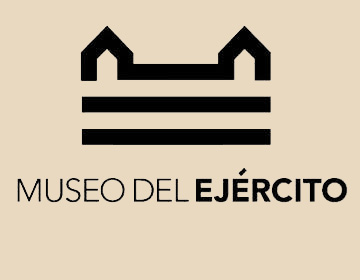HISTORICAL PHOTOGRAPHY COLLECTION
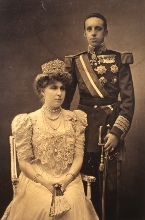
The collection of historical photography is remarkable for its undoubted documental value, depicting a thorough course through technique and history. In general terms, it is organized in different thematic collections which include civil and military portraits, armed conflicts, sights and panoramic views and collections and museums.
The gallery of portraits is chronologically opened by the effigy of General Ramón María Cabrera, captured using the daguerreotype technique, dated in 1852 and made in the Kilburn Study in London. The collection of portrait cards or carte de visite, as the one depicting General Narváez, by Adolphe Eugène Disdéri (1819-1889), transports us to the taste of a time: that of the incipient bourgeoisie to be portrayed with an air of nobility. These “small experimental artworks” were signed by renowned photographers like Laurent or Nadar and include civil and military portraits of Spanish society celebrities from that time.
Also, the Museum keeps a gallery of official portraits of the Spanish royalty, especially of Alphonse XII and Maria Cristina and Alphonse XIII and Victoria Eugenia, examples of the new ways of representing the royal image following a more humanized code which became the undisputed vehicle of dissemination, adjusted to the needs and representational conventionalisms required by the Crown.
The pictures of Spanish colonies focus mainly on Cuba and the Philippines; these are snapshots of great interest from the anthropological point of view, including portraits of popular folk posing in an occidental manner, collective portraits of soldiers and natives, portraits of enlisted troops and officers and urban sceneries.
The collections of the German Agency Bild-UND-Film Amt (BUFA) and Blue Division provide us with a different image of the war, from the propaganda and from the view of those who fought in the front line.
Among the samples emblematic for their technique, it is worth mentioning the Picture of the KRUPP Factory in Essen (circa 1870), a 360º panoramic artifact composed by eleven frames put together. Interesting both for their content and their origin, since they come from the Romero Ortiz Collection, are the albums from the 19th century which show the patrimonial wealth and exoticism from the view of the traveler, as in the album with a view of Italy (circa 1866). The artistic wealth of the city of Toledo is the protagonist of the album Toledo (circa 1904), made by the Toledo Engineers Headquarters with pictures by Casiano Alguacil. Experimental works, of an undoubted artistic and documentary nature, are the albums les Armée (circa 1885) and The Infantry Academy of Toledo (circa 1905), both with snapshots by Jean David.
The history of the institution and its collections is gathered in the collection of images and photographic plaques on glass stands, related to the Artillery Museum and the former seat of the Museum in Madrid, including its rooms and institutional visits. Some of them add, to their identifying value, the artistic quality of great photographers, as the one shown in the first hall of the Artillery Museum, by Jean Laurent (circa 1872), before Lumier’s reorganizations in 1915.
Images
-
Portrait of General Narváez wearing civilian clothing
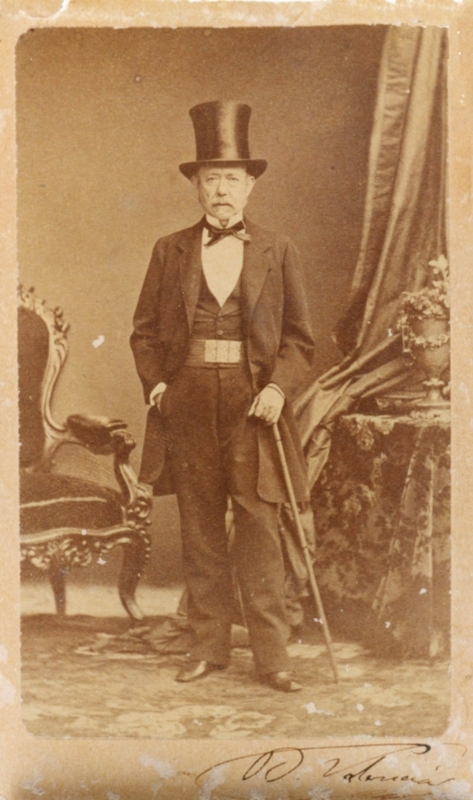 HISTORICAL PHOTOGRAPHY
HISTORICAL PHOTOGRAPHY -
Panoramic view of the Krupp factory in Essen
 HISTORICAL PHOTOGRAHY
HISTORICAL PHOTOGRAHY -
River with crafts, Cuba
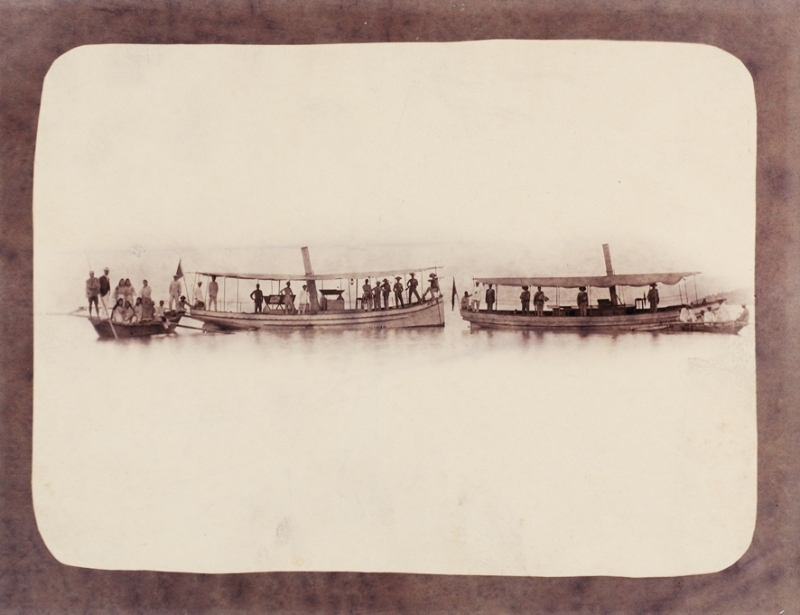 HISTORICAL PHOTOGRAFHY
HISTORICAL PHOTOGRAFHY -
Portrait of General Cabrera
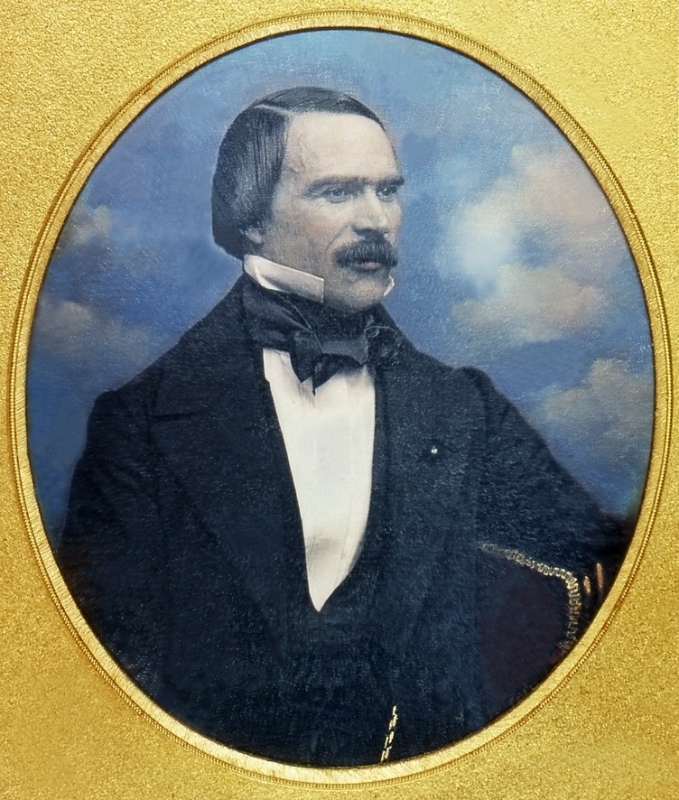 HISTORICAL PHOTOGRAPHY
HISTORICAL PHOTOGRAPHY
